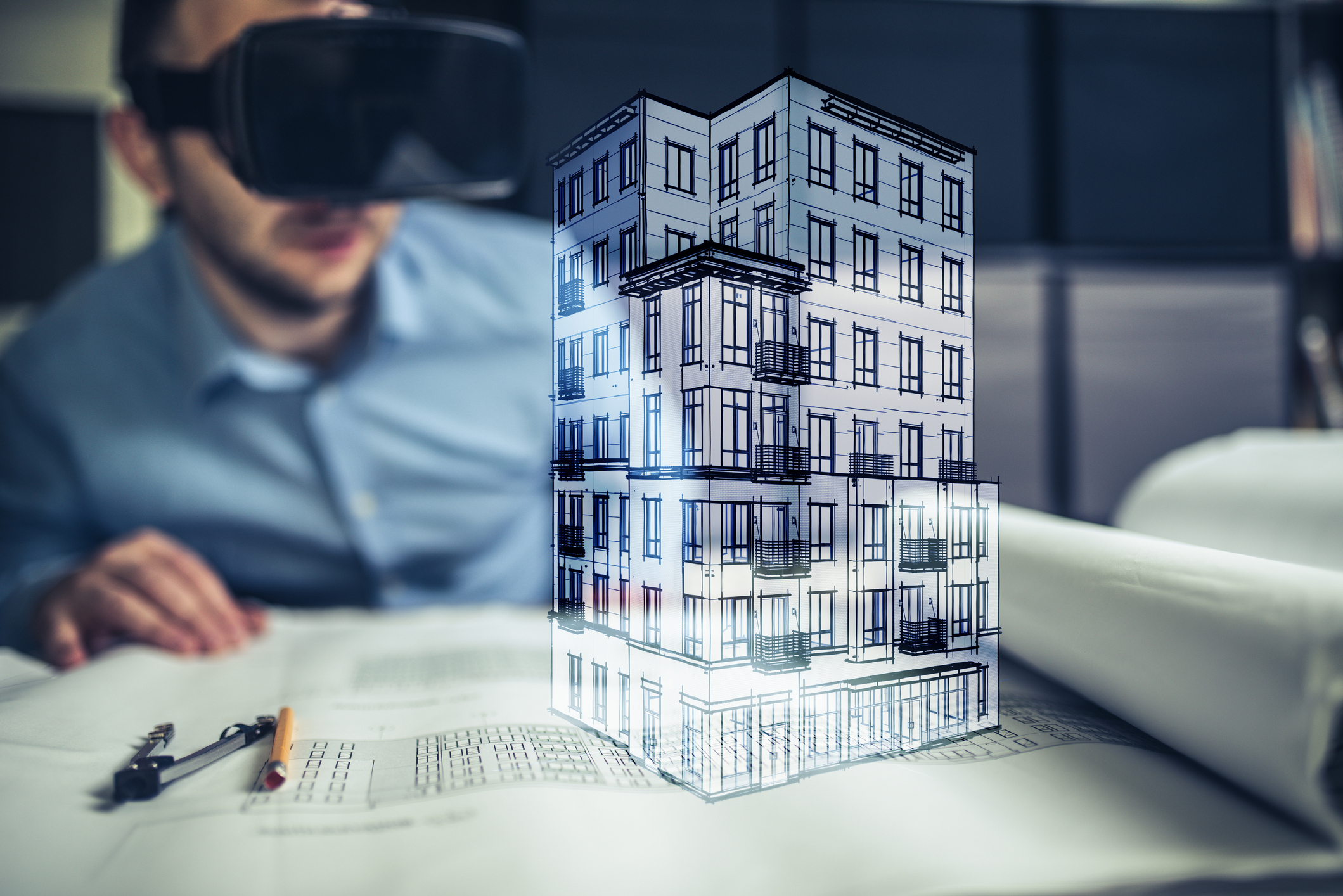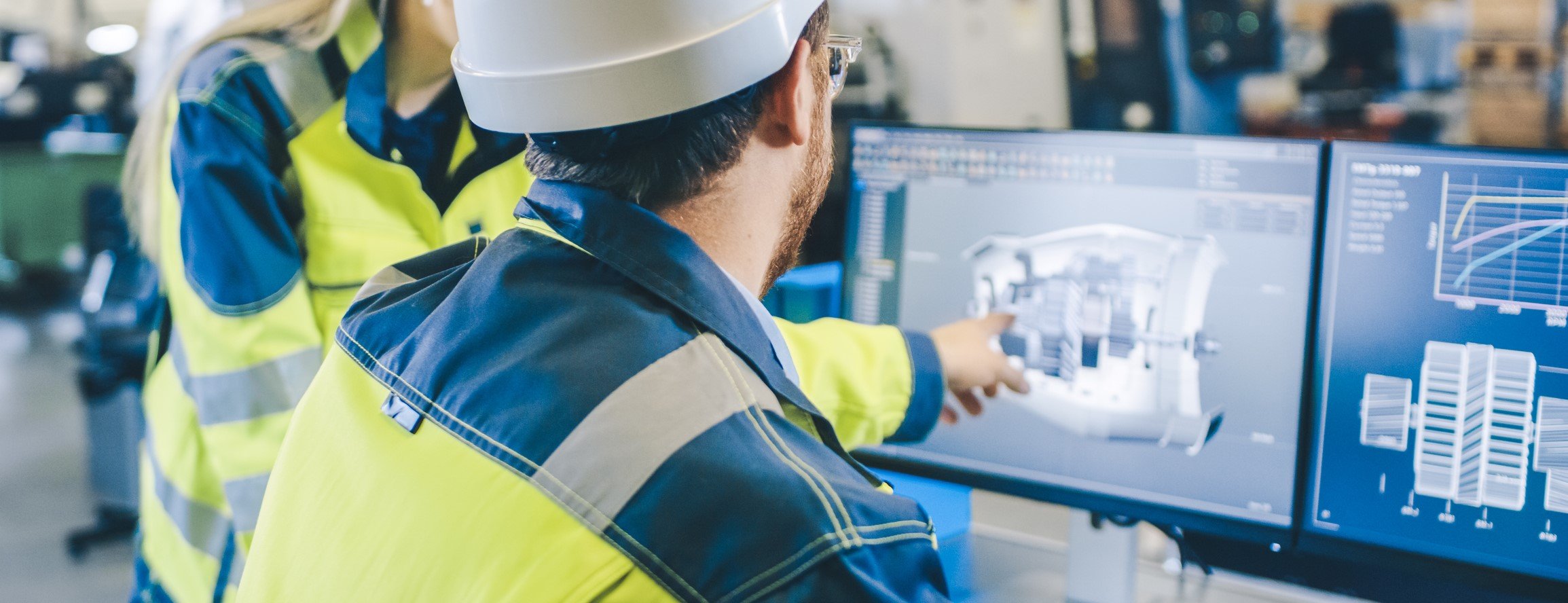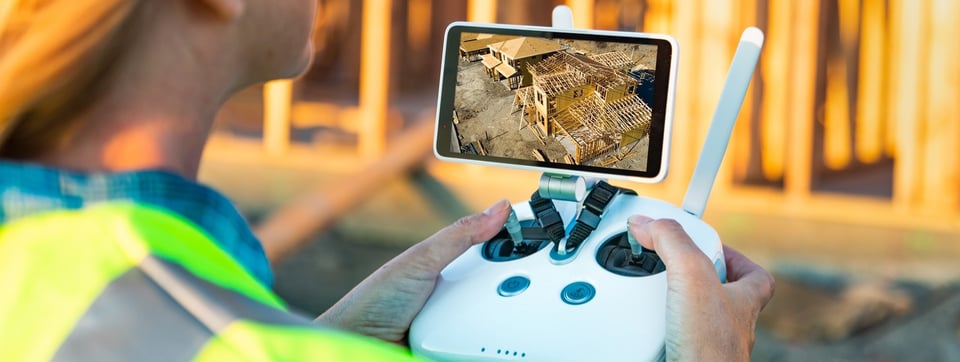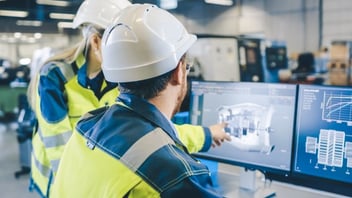
Digital twins are enhancing the way capital projects and infrastructure are planned, built, and operated globally. However, despite their obvious benefits – including optimized decision-making and better project outcomes – and successful use cases, digital twins remain a new and mostly untapped resource, especially on bigger projects where they can be most impactful.
By encouraging a change in how the Architecture, Engineering, and Construction (AEC) sector operates, digital twins can revolutionize the way capital projects are built and help achieve operational excellence.
Capital project stakeholders, most notably owners and project managers, need to be more aware of the wide-ranging benefits of digital twins and the challenges they need to overcome to make the most of this now essential technology.
Benefits throughout the Asset Lifecycle
A digital twin combines different technologies, including sensors and Industrial Internet of Things (IoT) data collection tools, and applies advanced analytics and machine learning to gain valuable real-time insights into a physical asset’s progress, performance, and operation.1
Asset performance can be determined and optimized before construction using simulations; combining this with real-life data gives designers a platform to design more efficiently. Built asset outputs, including electricity consumption, airflow, and areas of high foot traffic, can be shared with designers to implement on new projects and promote shared learnings. Designers can see how a building is being used in real-time and use these insights to further optimize designs.
Players in the AEC sector use digital twins to track progress and resources throughout construction by constantly comparing the as-built model against the as-designed model. This ensures asset quality and allows corrections to be made quickly, saving the project time and money.
The final phase of a capital project also uses a digital twin: operational data can predict failures, simulate updates, prescribe corrective procedures, and forecast maintenance schedules.
Working across the supply chain and throughout the asset lifecycle, the digital twin gathers data by continuously collecting asset information and supporting better outcomes, including facilitating more effective asset design, project execution, and asset operations. This is made possible by dynamically integrating data and information throughout the asset lifecycle to achieve short and long-term efficiency and productivity gains.2
Early adopters of the technology, such as city planners, are reaping the benefits of adopting digital twins. Effectively deployed data and subsequent simulation models provide city stakeholders with the tools to optimize decision-making and enhance outcomes. Digitally creating urban locations works as simulation models to test and analyze how the city operates.
Singapore has invested $73 million in its Virtual Singapore project, a digital replica of the city to be used as a testbed by government agencies, businesses and researchers to build a more resilient city.
Examples like this highlight the potential of digital twins in any capital projects and showcase the knowledge the AEC sector is currently missing out on by not adopting the technology.

Obstacles that stand in the way
So, why is the AEC sector struggling to make technological progress? There are a number of reasons.
The AEC sector has historically underinvested in technology; in comparison with other sectors, including education, media, and utilities, it is one of the least digitized.3
Out-dated contracts and procurement also play a role here. Reports show that contracts do not include incentives for risk-sharing and innovation, so contractors often do only the minimum required to meet contractual terms.
The sector also remains fragmented and uncoordinated. At its very essence, it is based on one-off projects and temporary relationships. Stakeholders focus on individual projects leading to insufficient knowledge transfer from project-to-project, which in turn means insights are routinely lost, and deployed solutions are not optimized.
The lack of common standards for sharing data creates barriers to information sharing. Coupled with project management teams failing to optimize their processes and under-utilizing their data, valuable information available for capital projects remains idle.
Even when data is utilized, stakeholders are often hesitant to share their data. This hesitancy encourages silos and prevents the bi-directional flow of information required to develop a digital twin.
These issues make the adoption of digital twins challenging.

Overcome these barriers
There needs to be a change in project management and communication, and interaction and information sharing must be encouraged.
The industry has launched a number of initiatives to start this process. Notably, the Centre for Digital Built Britain’s Information Management Framework seeks to establish a foundation to support effective information management across the built environment and enable secure and resilient interoperability of data, critical to their proposed National Digital Twin program.
As discussed in Asite’s Digital Engineering report, capital project owners and project managers can achieve this by adopting an interoperable, integrated, and inclusive approach to construction globally.4
Contracts also need to be transformed, ensuring they are explicitly mutually beneficial, clearly outline responsibilities, and allow owners and contractors to equitably share in the benefits that arise from the adoption of technological and process innovations.
Stakeholders also need to adopt a long-term mindset, bringing learnings and knowledge from one project to the next. This progression would allow capabilities and asset outcomes to be improved.
The AEC sector can also look to smart cities for inspiration. Smart cities exploit the advancements in technologies, including the Internet of Things (IoT), artificial intelligence (AI), and augmented and virtual reality (AR/VR), to create a single virtual replica of the city. This is then shared and used by all relevant stakeholders.
By overcoming these barriers, the AEC sector will capitalize on their data and truly begin to reap the rewards of digital twins.

Next steps
For digital twins to achieve their maximum potential, the sector as a whole need to recognize their benefits and commit to overcoming the barriers that stand in their way. This starts at the top, with capital project owners and project managers.
These stakeholders must invoke the necessary changes, as discussed throughout this article, from the beginning of their projects and in collaboration with their project teams. Only then can they make digital twins a reality and prevent being left behind.
Digital twins are fast becoming essential technology; however, if they are ever to be successfully deployed on large-scale capital projects, this approach needs to be enacted sooner rather than later.
.jpg?width=960&name=iStock-614703754%20(1).jpg)
[1] Deloitte [2] The Institute of Engineering and Technology [3] McKinsey [4] Asite
Nathan Doughty
CEO at Asite
Asite Insights in your inbox.
Sign up for product news and our latest insights published monthly. It's a newsletter so hot, even global warming can't keep up.


